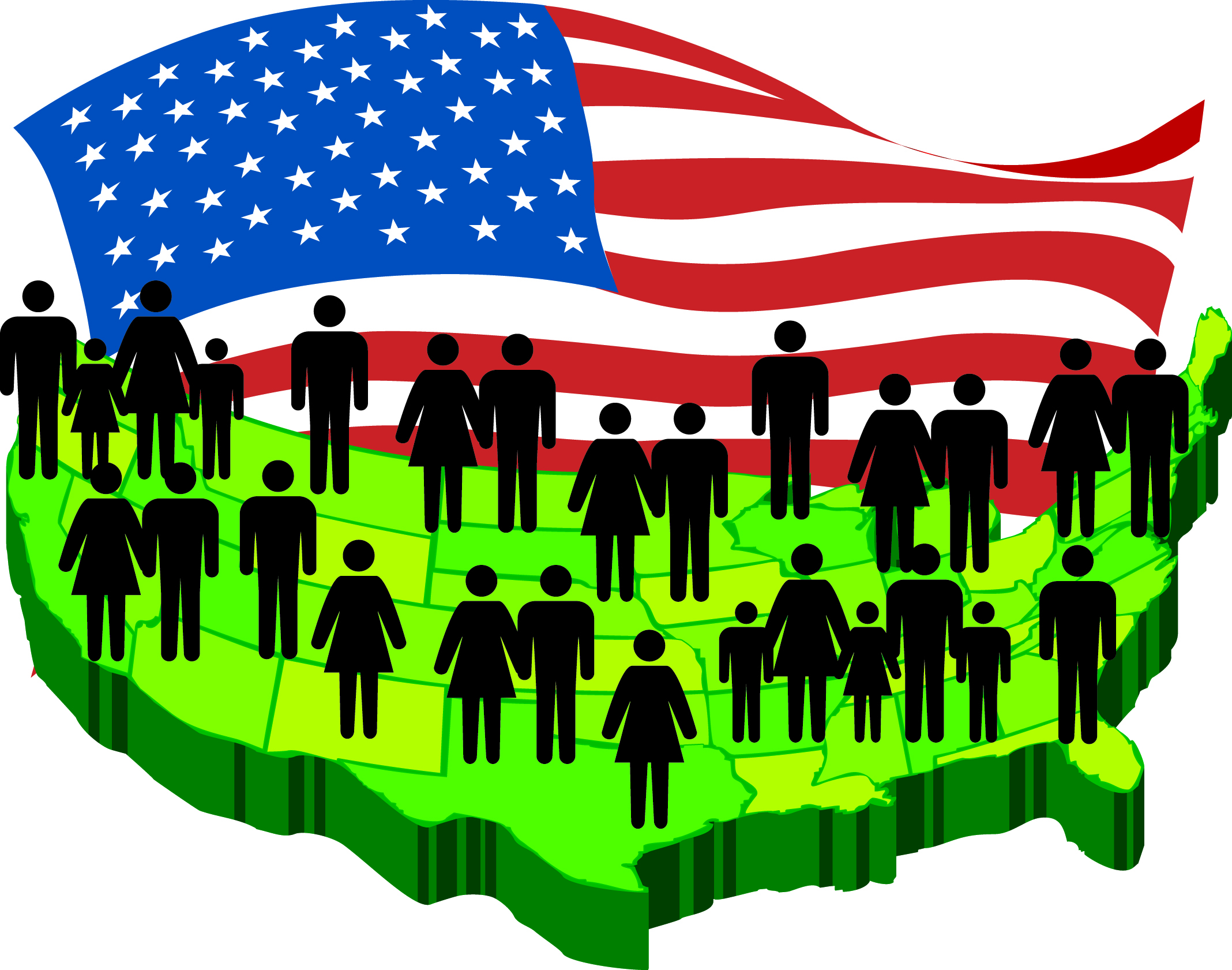MORGANTOWN — Coming off a 2010 census in which West Virginia tallied one of the nation’s worst participation rates, local organizers fear federal cuts to census funding could further dampen participation in 2020, costing the state millions in federal funding.
Skylar Braithwaite is a graduate student in public administration at WVU and an intern in Morgantown City Manager Paul Brake’s office. She is spearheading the city’s 2020 census efforts.
In a recent report to Morgantown City Council, Braithwaite explained that West Virginia receives $6.7 billion in federal funding allocations tied to decennial census statistics — the largest of which include Medicaid, SNAP, highway planning and construction and Medicare Part B.
According to Braithwaite, West Virginia’s situation is “dire” in terms of preparedness for the upcoming census. She said as many as 40 states have either allocated funds to help offset about $165 million in federal census cuts or have taken substantive steps to bolster count participation.
Governor Jim Justice announced the creation of a complete count committee earlier this month, but as of yet no funds have been allocated or actions taken, she said.
This in a state with the second lowest participation rate in 2010, at 65%. Only Alaska was worse, at 64%. Wisconsin was on the other end of the spectrum, at 81%. The national average was 74%.
Braithwaite said West Virginia’s rural landscape and lack of broadband connectivity make it a difficult state to count, with about 25% of the population, or 440,000 people, living in tracts identified by the United States Census Bureau as being among the most difficult to count in the nation.
“West Virginia is in desperate need of an accurate count, and without proper funding from Governor Justice’s office in Charleston that simply will not happen,” she explained in a memo shared with council.
Locally, Braithwaite is putting together a complete count committee for the city. She is also working with Monongalia County, which is organizing a similar body under the leadership of Mike Paugh, the county’s GIS coordinator and flood plain administrator.
According to census data, Morgantown’s participation rate was 69% in 2010, down from 72% in 2000. Monongalia County’s number went up from 71% in 2000 to 73% in 2010.
The city’s large transient population makes it tricky to count according to Carol Bush, a partnership specialist with the U.S. Census Bureau.
“I think the off campus college students have not been counted correctly in the past. The word that we need to get out is wherever you live more than six months out of the year, that’s where you’re counted,” Bush said. “It has nothing to do with your tax return or where you’re registered to vote. It has nothing to do with that. It’s strictly counting households.”
Braithwaite said that a partnership specialist out of the Philadelphia Regional Census Center is assisting with the local count, focusing specifically on WVU.
According to Bush, the 10-question census questionnaires will be mailed in March. Participants will also have the option of completing it online or over the phone.
In April, census takers will go door-to-door following up with households that have not responded. Bush said there is currently a lack of local applicants for census takers.
The county census task force will hold its second meeting this week. Paugh said the push is on to improve count participation at the local level and he’s hopeful the state will follow suit.
“I really want to push the fact that West Virginia finished next to last in the 2010 census as far as response rate. That’s no good,” Paugh said. “When you get down to it, it’s not complicated. The better a count we have, the more money we get into the state of West Virginia.”




